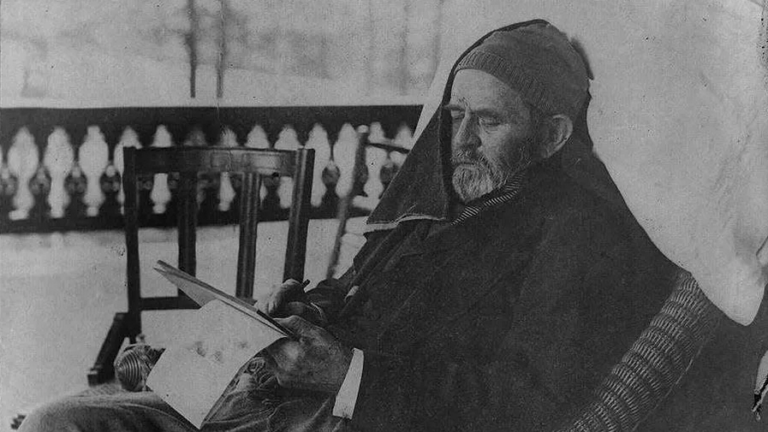As calls grow louder to decolonize Puerto Rico, its territorial status serves as a reminder of the United States’ not-so-distant colonial past.
Before Puerto Rico was annexed by the United States in 1898 during the Spanish-American War, the US had made attempts to annex other territories in Latin America, including Cuba and the Dominican Republic.
On June 30, 1871, a bill titled the Annexation of Santo Domingo failed in the US Senate by only 8 votes. If passed, the country would have moved to acquire the Dominican Republic and make it a state.
The political climate of the United States beginning in the late 1860s was ripe with questions about what was next for Black Americans. Historians told Insider that in the early 1860s, before the end of the Civil War, politicians in Washington, D.C. were concerned with how white people would treat newly-emancipated Black Americans. One of the ideas that some politicians considered was urging Black Americans to move away from the mainland entirely.
Some politicians and activists, including Frederick Douglass, supported efforts to annex Santo Domingo (now, the Dominican Republic), as they saw it as a place where Black Americans could own property and live freely. Douglass saw it as an opportunity to grow the Black American population. Other politicians also had an expansionist mindset for the US.
Read more: Insider
Ask me anything
Explore related questions





